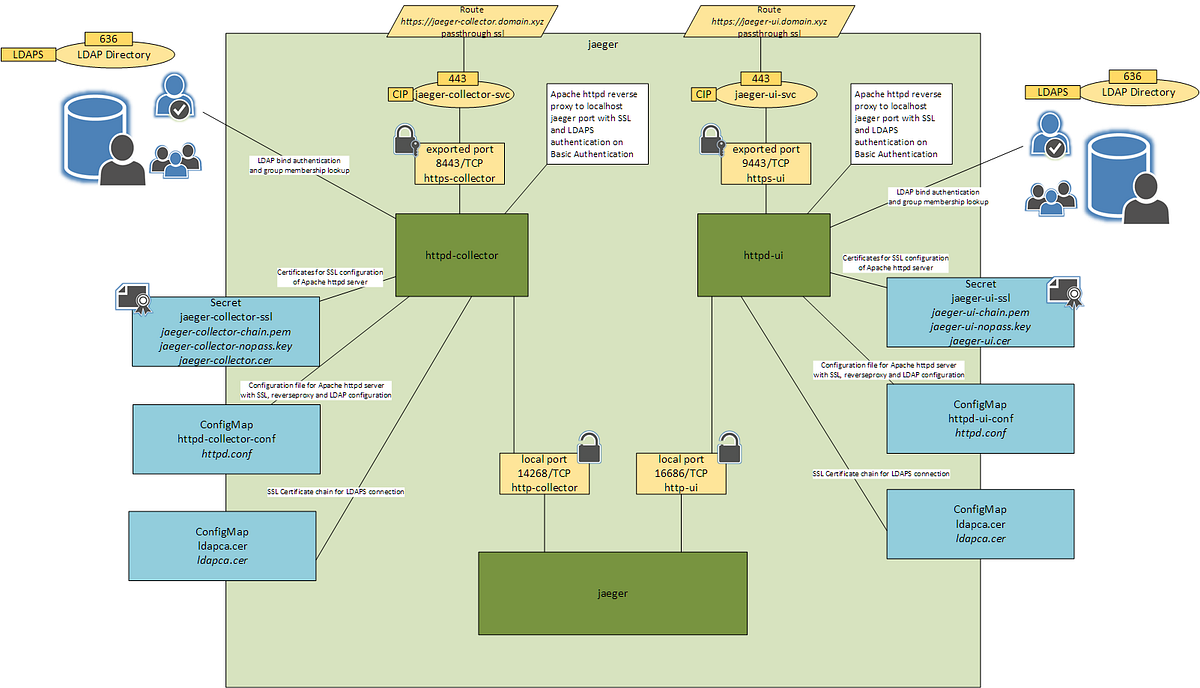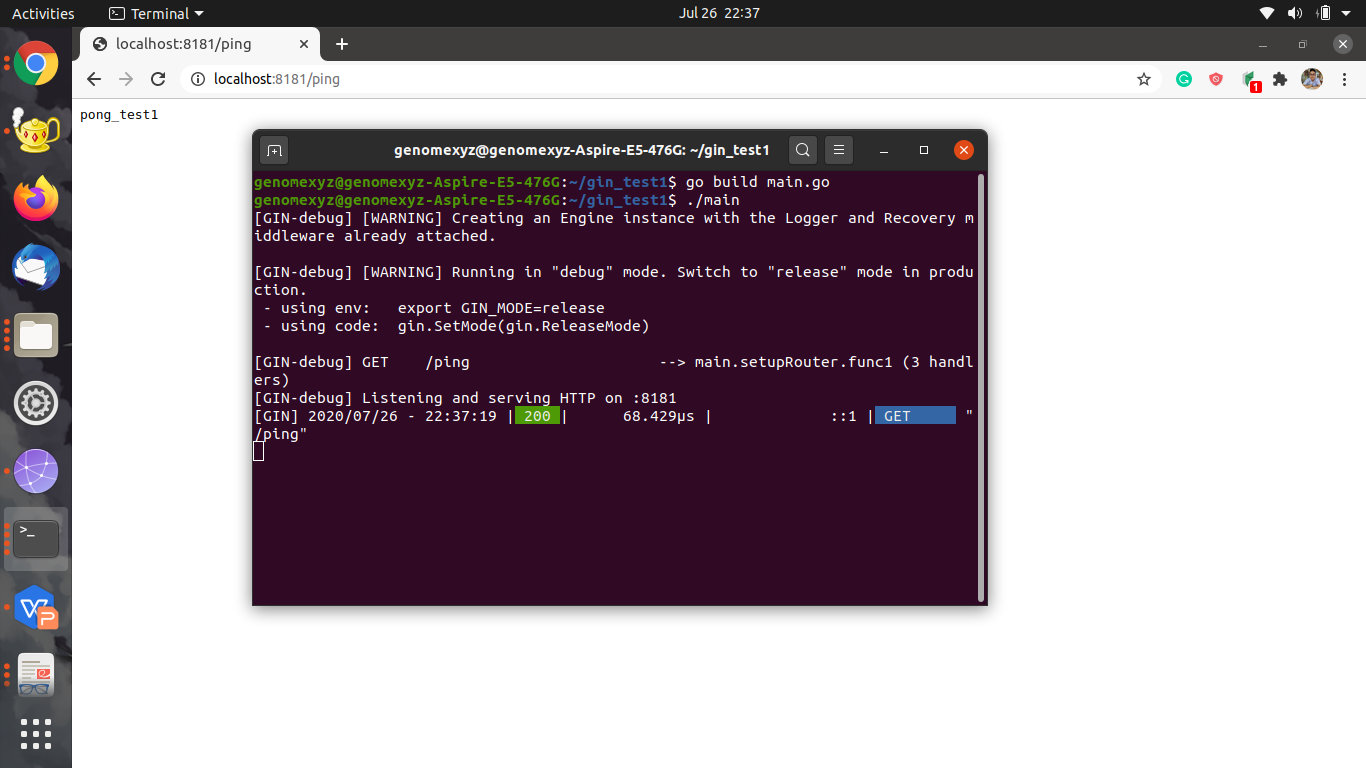Install Apache HTTP Proxy using All-in-one installer. Visit the ESET PROTECT Download Page and download the appropriate All-in-one installer for your system architecture and save it in your preferred location.; Double-click the installer file to run the All-in-one installer. Select the check box next to Apache HTTP Proxy and click Install.; Figure 1-1. Apache HttpClient - Proxy Authentication - In this chapter, we will learn how to create a HttpRequest authenticated using username and password and tunnel it through a proxy to a target host, using an ex. Modproxy, the main proxy module Apache module for redirecting connections; it allows Apache to act as a gateway to the underlying application servers. Modproxyhttp, which adds support for proxying HTTP connections. Modproxybalancer and modlbmethodbyrequests, which add load balancing features for multiple backend servers.

- Since Open TSDB wont support https to send data(via REST API), we want to create a https proxy in apache or 'Apache Tomcat'. For example, the local machine has both TSDB and Apahce. For example, the local machine has both TSDB and Apahce.
- Apache is a tried and tested HTTP server which comes with access to a very wide range of powerful extensions. Although it might not seem like the go-to choice in terms of running a reverse-proxy, system administrators who already depend on Apache for the available rich feature-set can also use it as a gateway to their application servers.
- Apache HttpClient Tutorial
- Apache HttpClient Resources
- Selected Reading


In this chapter, we will learn how to create a HttpRequest authenticated using username and password and tunnel it through a proxy to a target host, using an example.
Step 1 - Create a CredentialsProvider object
The CredentialsProvider Interface maintains a collection to hold the user login credentials. You can create its object by instantiating the BasicCredentialsProvider class, the default implementation of this interface.
Step 2 - Set the credentials
You can set the required credentials to the CredentialsProvider object using the setCredentials() method. This method accepts two objects −
AuthScope object − Authentication scope specifying the details like hostname, port number, and authentication scheme name.
Credentials object − Specifying the credentials (username, password). Set the credentials using the setCredentials() method for both host and proxy as shown below.
Step 3 - Create an HttpClientBuilder object
Create a HttpClientBuilder using the custom() method of the HttpClients class as shown below −
Step 4 - Set the CredentialsProvider
You can set the CredentialsProvider object to a HttpClientBuilder object using the setDefaultCredentialsProvider() method. Pass the previously created CredentialsProvider object to this method.
Step 5 - Build the CloseableHttpClient
Build the CloseableHttpClient object using the build() method.
Step 6 - Create the proxy and target hosts
Create the target and proxy hosts by instantiating the HttpHost class.
Step 7 - Set the proxy and build a RequestConfig object
Create a RequestConfig.Builder object using the custom() method. Set the previously created proxyHost object to the RequestConfig.Builder using the setProxy() method. Finally, build the RequestConfig object using the build() method.
Step 8 - Create a HttpGet request object and set config object to it.
Create a HttpGet object by instantiating the HttpGet class. Set the config object created in the previous step to this object using the setConfig() method.

Step 9 - Execute the request
Mod Proxy Apache
Execute the request by passing the HttpHost object (target) and request (HttpGet) as parameters to the execute() method.
Example
Following example demonstrates how to execute a HTTP request through a proxy using username and password.
Output
Http Proxy Apache
On executing, the above program generates the following output −
